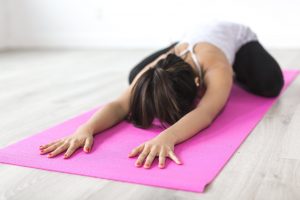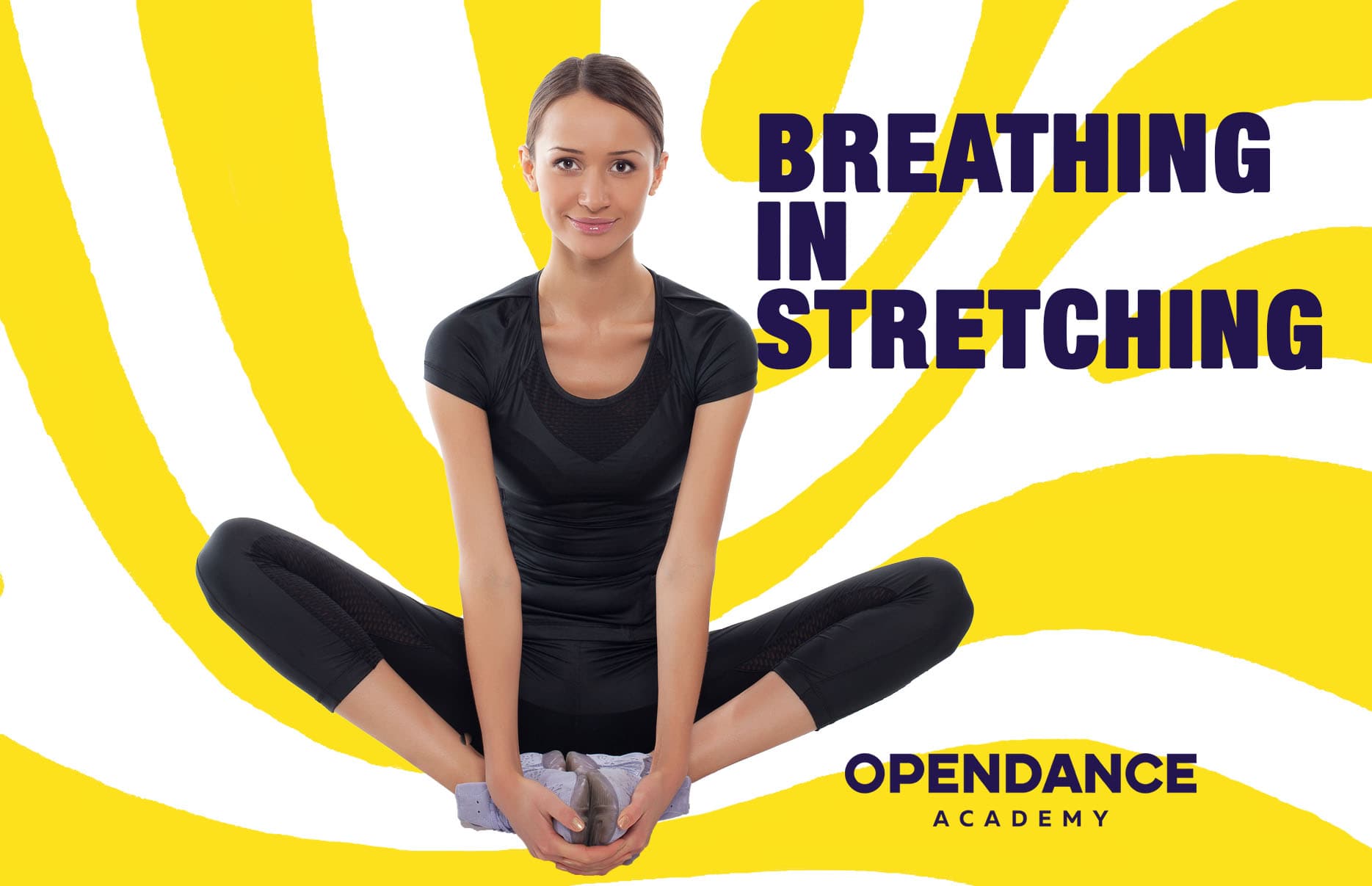Breathing In Stretching
Good Monday, world! ⛅
Kolegova Alina @kolegova_alina #Mypolespace coach is on air …
The effectiveness of your stretching directly depends on your breathing.
In the stretching technique, all movements are combined with rhythm of breathing, which helps to focus not on the pain sensations, but on the area chosen for the load and cyclicity of breathing.
During stretching exercises you have to breathe calmly and deeply.

This kind of breathing contributes to concentration and relaxation.
The breath-holding, in turn, provokes muscular tension.
Let’s figure out how to breathe properly and what muscles should be used.
Key points:? When you inhale or exhale you use different muscle groups.
The main respiratory muscle of the human body is the diaphragm.
It separates the thoracic and abdominal cavities.
When you inhale diaphragm shrinks and falls down when you exhale it rises up like a dome, pushing the air out of the lungs.
There are two types of breathing: chest (divided into the rib and the clavicular) and diaphragm breathing.
Its also called the upper and lower breathing.
In Yoga there are several basic principles of correct breathing, which can be applied in stretching:
Using diaphragm.
Chest breathing is common for the most part of people, when the upper part of lungs is filled with the air.
It is clear that such breathing cannot provide body with oxygen enough, it is superficial and so to say acquired.
In order to “breathe using the abdomen”: ➡ when inhaling, puff out the belly leaving the chest steady and while exhaling again draw in the belly.
Thus we ensure amplitude diaphragm movement, allowing air to penetrate to lower lung parts.
Slow and deep breathing. I already mentioned this earlier.
Rhythm. Static holding and all transitions from one exercise to another are accompanied by a certain rhythm of breathing.
Movements, directed up, are done when inhaling and movements, directed down, when exhaling.
As to the work in statics, here with each exhale you should try to deepen your position.



